
Native children often suffered horrific abuse as a result of a law that professed to send them to white families for self-improvement but instead created a form of legalized child slavery. The case of Rosa, in Mendocino County, is just one example of how the Act for the Government and Protection of Indians brutalized Native, and sometimes black children.
Rosa was between 10 and 12 years old and was believed to be from either the Yuki or Pomo tribe. In the winter of 1862, she was beaten and left to die in a snowstorm by a woman who had been granted legal custody of her under the law. The woman, identified in Mendocino County public records as “Mrs. Bassett,” had locked the child outside in freezing temperatures. Her partially clothed corpse was found in a box outside the woman’s home. Mendocino County authorities never brought charges, even though Bassett’s neighbors testified that she had left Rosa outdoors, causing the child’s death. Before her death, Rosa had been forced to work in the Bassett home as an indentured servant. According to an 1862 report in the Alta California newspaper, kidnappers could sell children for “$30 to $150 depending on their quality.” That same year, a child trafficker came to Ukiah with 16 children, ages six to 13. After he was arrested, the children became public wards. But instead of returning them to their families, county officials offered them to local white residents as “apprentices.” Bassett was among the more than 100 people who applied to become guardians of the children.
Letter from Major John Bidwill of Butte County on how widespread slavery of Native people was: “[Native people] all amoung us, around us, with us – hardly a farm house – a kitchen without them.”
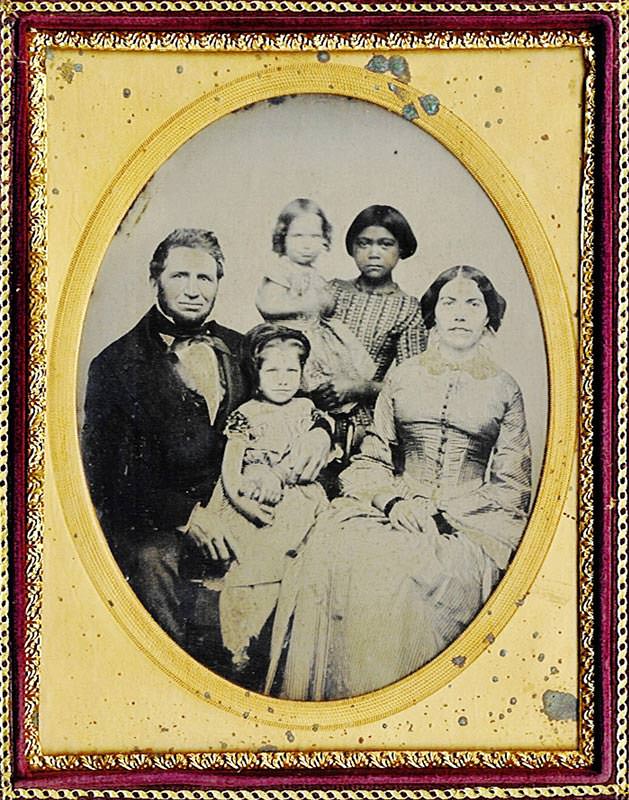
Photo of Kate Camden, a Native girl who at age 10 was forced into servitude for a white family living in Shasta County. Photo is one of few records that exist showing Native children entrapped by California's apprentice and guardianship laws // Credit: Camden Family Portrait, circa 1857-1859 courtesy of Whiskeytown National Recreation Area, WHIS 9066
California joined the Union as a so-called free state in 1850. So how did white settlers get away with enslaving Native children until they were young adults? We explore a little-known California state law called the Act for the Government and Protection of Indians that unleashed genocidal violence against Indigenous children. And we connect the dots between that terrible past and a landmark upcoming U.S. Supreme Court case.
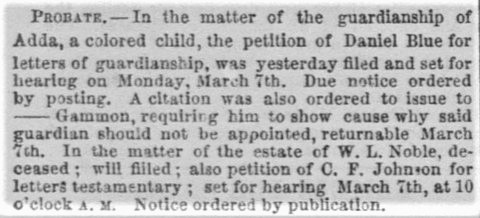
Daniel Blue, a black laundry man from Sacramento, went to court to free an enslaved young African American girl in what’s believed to be California’s final slave case.
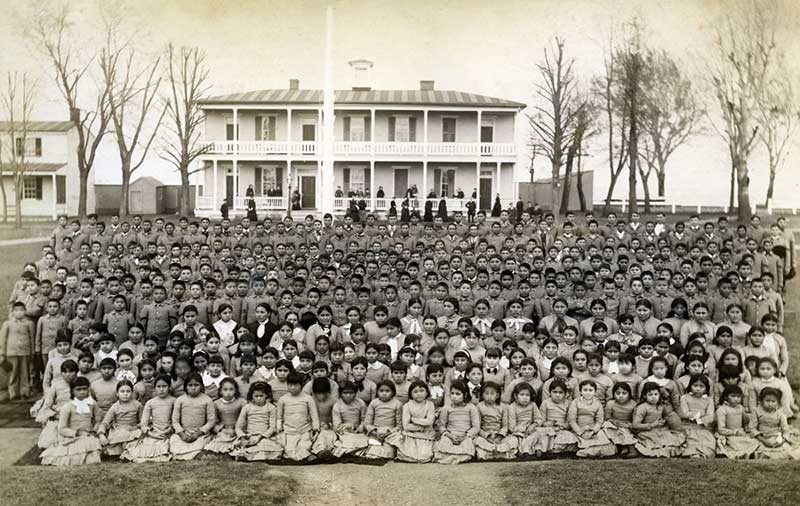
"Kill the Indian...and save the man" was the founding mission of Indian Boarding Schools, a massive government project that warehoused thousands of children in state-run institutions.
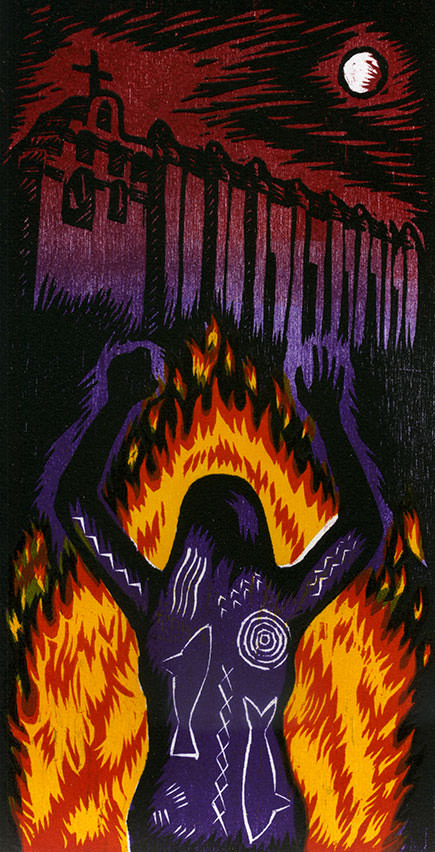
A medicine woman of the Tongva nation, Toypurina helped lead a rebellion against Spanish missionaries who invaded her homeland.
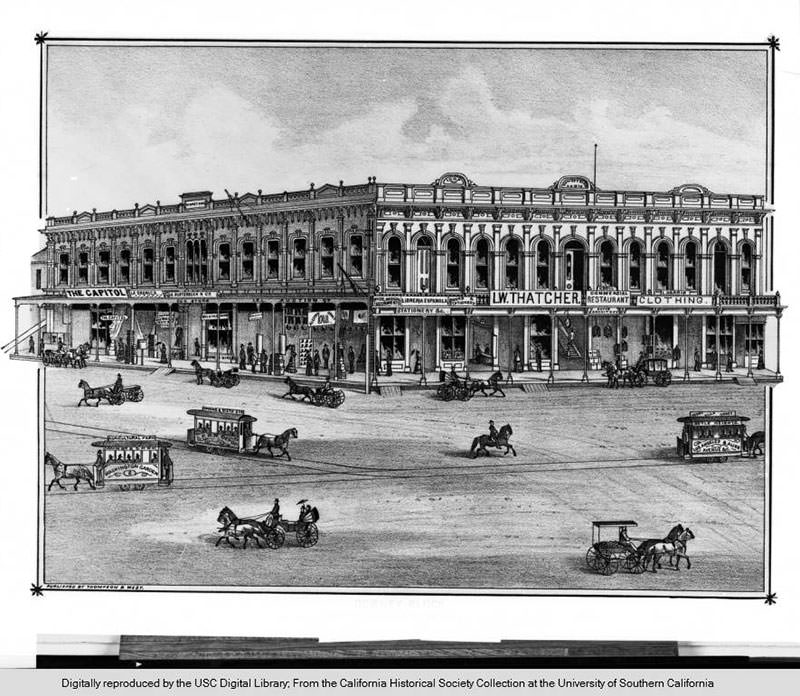
Today it’s the site of a federal courthouse in Los Angeles. But in the mid-19th century, a stretch of Main Street in downtown Los Angeles was a flourishing slave market.
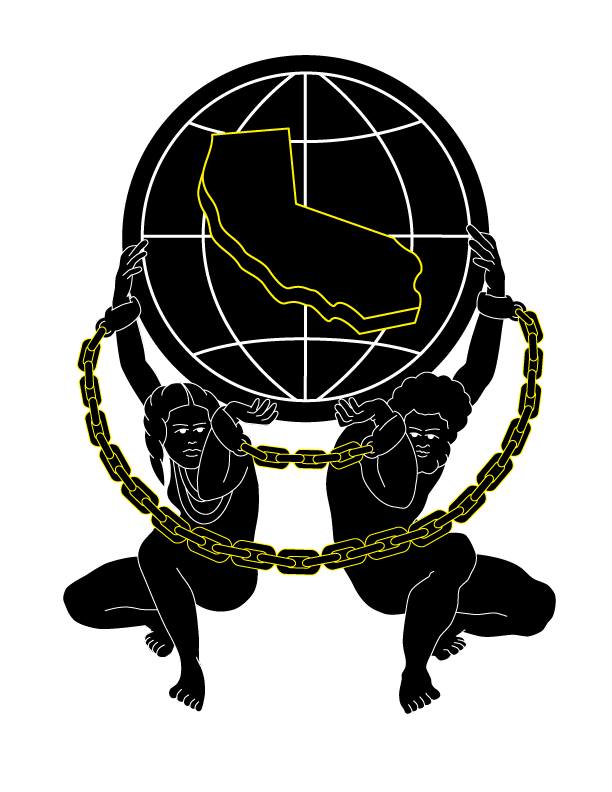
The mission of Gold Chains is to uncover the hidden history of slavery in California by lifting up the voices of courageous African American and Native American individuals who challenged their brutal treatment and demanded their civil rights, inspiring us with their ingenuity, resilience, and tenacity. We aim to expose the role of the courts, laws, and the tacit acceptance of white supremacy in sanctioning race-based violence and discrimination that continues into the present day. Through an unflinching examination of our collective past, we invite California to become truly aware and authentically enlightened.